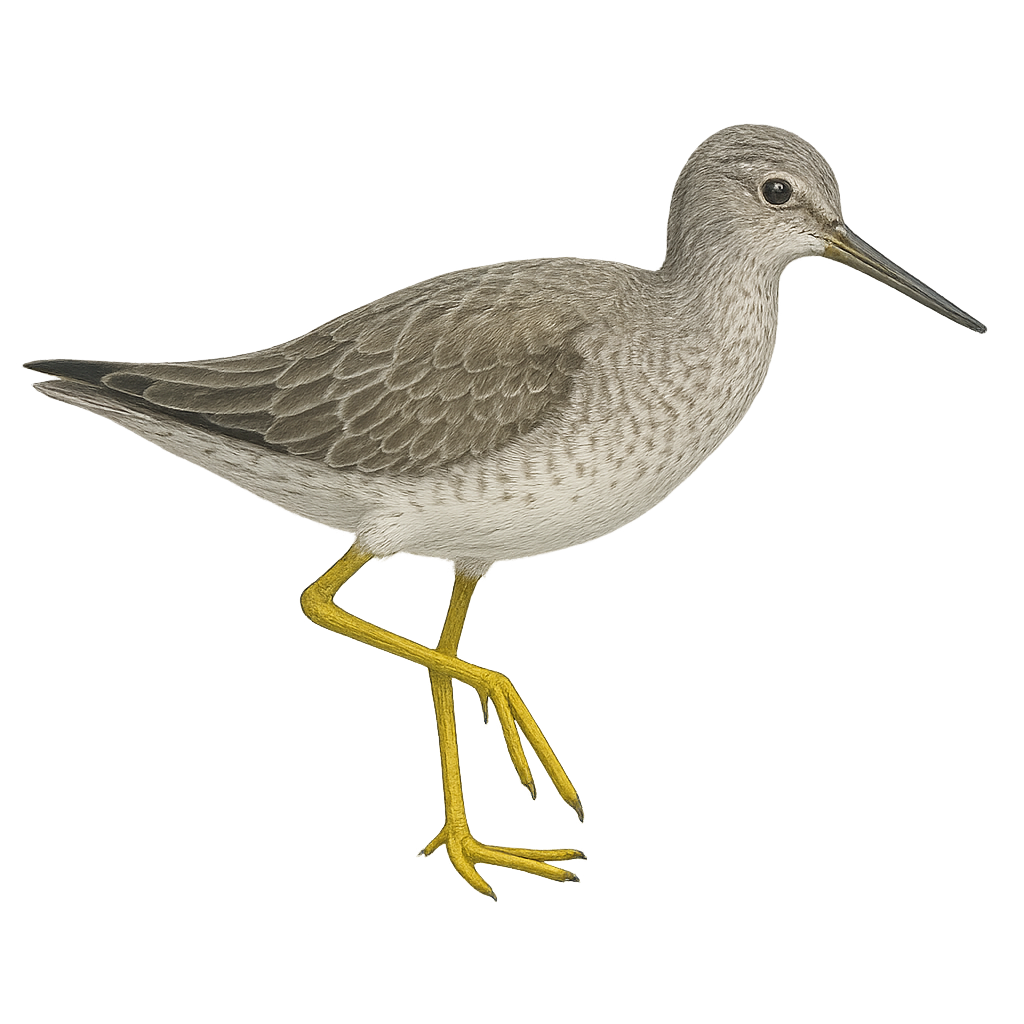Your wildlife photography guide.
Explore the grey-tailed tattler in detail, study its behavior, prepare your shots.
Where to observe and photograph the grey-tailed tattler in the wild
Learn where and when to spot the grey-tailed tattler in the wild, how to identify the species based on distinctive features, and what natural environments it inhabits. The WildlifePhotographer app offers tailored photography tips that reflect the grey-tailed tattler’s behavior, helping you capture better wildlife images. Explore the full species profile for key information including description, habitat, active periods, and approach techniques.
Grey-tailed Tattler
Scientific name: Tringa brevipes

IUCN Status: Least Concern
Family: SCOLOPACIDAE
Group: Birds
Sensitivity to human approach: Suspicious
Minimum approach distance: 15 m
Courtship display: June to July
Incubation: 22-24 jours
Hatchings: June to August
Habitat:
Coasts, estuaries, mudflats
Activity period :
Primarily active during the day, with peak activity in the morning and late afternoon.
Identification and description:
The Grey-tailed Tattler, or Tringa brevipes, is a medium-sized wader, measuring about 25 cm in length. It is easily recognizable by its grey plumage on the back and wings, contrasting with a lighter belly. Its bill is straight and relatively long, adapted for foraging in mudflats and shores. During the breeding season, it displays dark streaks on its chest. This migratory bird mainly frequents the coasts and estuaries of Asia and Australia. It feeds primarily on small invertebrates, which it captures by probing the wet ground. Although its conservation status is currently considered of least concern, habitat degradation could pose a long-term threat.
Recommended lens:
400 mm – adjust based on distance, desired framing (portrait or habitat), and approach conditions.
Photography tips:
To photograph the Grey-tailed Tattler, focus on coastal areas and estuaries where it is often found. Use a telephoto lens of 400mm or more to capture detailed images without disturbing the bird. Be patient and observe its behavior to anticipate its movements. The best photos are often taken at low tide when the bird is actively foraging. Ensure you maintain a safe distance of at least 15 m to avoid startling it.
The WildlifePhotographer App is coming soon!
Be the first to explore the best nature spots, track rutting seasons, log your observations, and observe more wildlife.
Already 1 439 wildlife lovers subscribed worldwide

